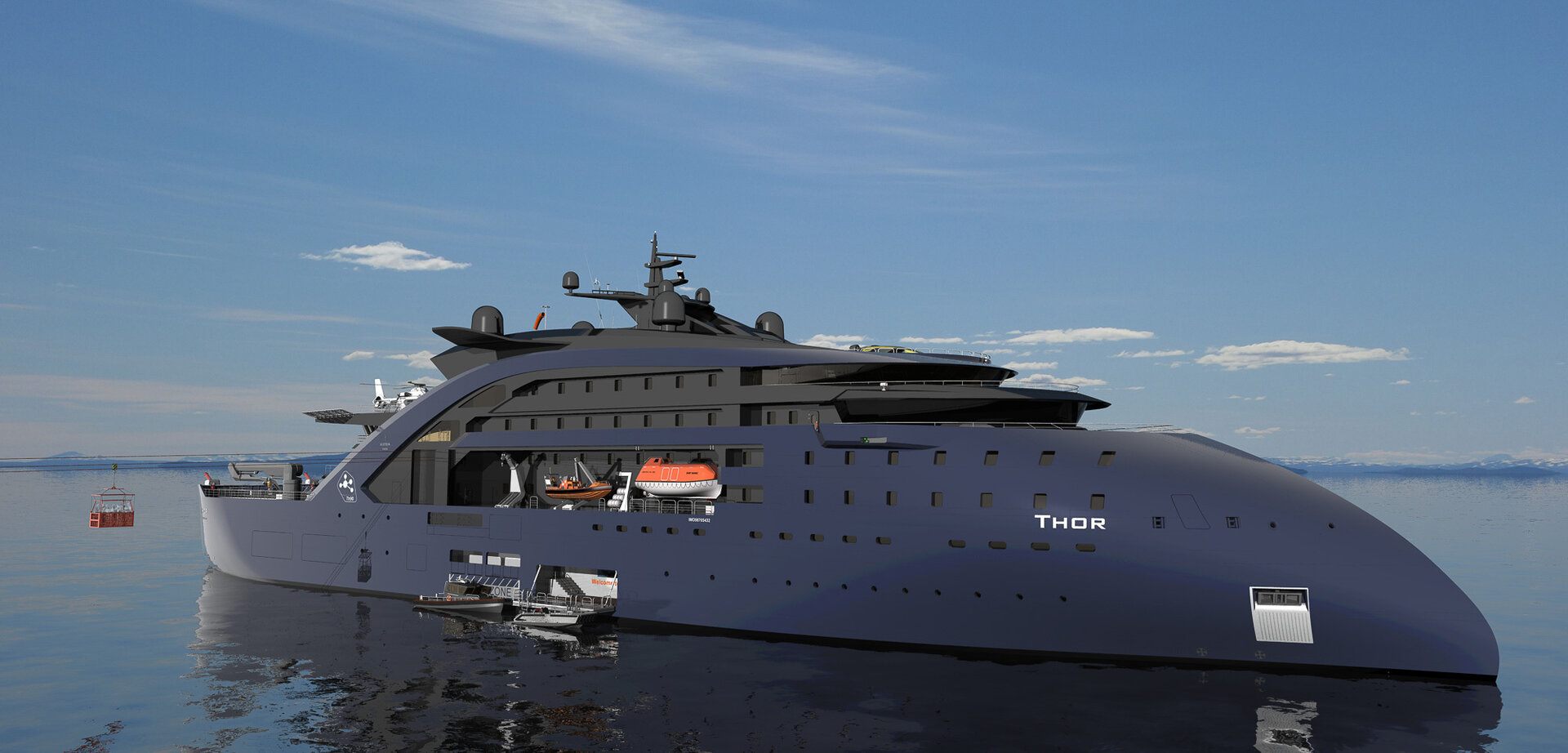In 600 B.C., Thales of Miletus noted “amber” became charged when rubbed. A millennium later, in 1600, the term “electricity” was coined by William Gilbert based on the Greek word for amber.
Throughout the centuries, scientists from Benjamin Franklin, Alessandra Volta, Michael Faraday, Georg Simon Ohm to Thomas Edison moved the technology forward so that in 1881 the first street lamps to illuminate the night skyline made their debut in Niagara Falls, New York. From that time on, electricity has become common in the developed world, but there are still 2 billion people, or 28% of the world’s population, without lights or anything remotely resembling a modern-day convenience.
Fortunately, strides have been made in rural electrification pilot programs that have proven the benefits of electricity for the poor living in these economically depressed areas. A recent $325 million investment in rural electrification by the Indian government is based on the success of these pilot projects.
Access to Electricity Programs
ABB, a huge global technical engineering group, started a rural electrification program in 2002. In the areas where it has been created, social, environmental, economic and health standards have significantly improved. ABB has been running two projects, one in Rajasthan, India, and the other in southern Tanzania.
The first project in India involves ABB, state government and a Non-Governmental Organization (NGO) that provides solar panels that now power 1,100 households with more than 7,000 residents. The availability of electricity has allowed weavers and taylors to increase productivity by 50%, as they now work at night, avoiding daytime temperatures that reach 122°F (50°C).The same benefits have accrued to children who study at night and perform better in school. The use of kerosene as the fuel of choice has been significantly reduced, thereby lowering the incidence of fire, asphyxiation and other health issues. Finally, health clinics treat patients at night and dispense advice on electrically-charged mobile phones, improving outcomes.
In Tanzania, ABB and a similar team of local authorities set up a mini-grid powered by a diesel generator providing four hours of electricity per day to the village of Ngarmbe. Economic, social and environmental improvements have occurred as a result.
A new electricity-driven sawmill has provided employment and led to more sustainable logging. A new sunflower and sesame press, operated at night, is increasing incomes. Benefits to children and patients are the same as in India.
Creating A Self-Sustaining Energy System
In the beginning, these programs are being highly subsidized, but eventually due to economic benefits to local residents who are seeing their incomes slowly rise, the price of energy will rise correspondingly to a true market rate.
The following video by ABB is a review of the two projects described above.
The “Access To Electricity” white paper is available from ABB.







